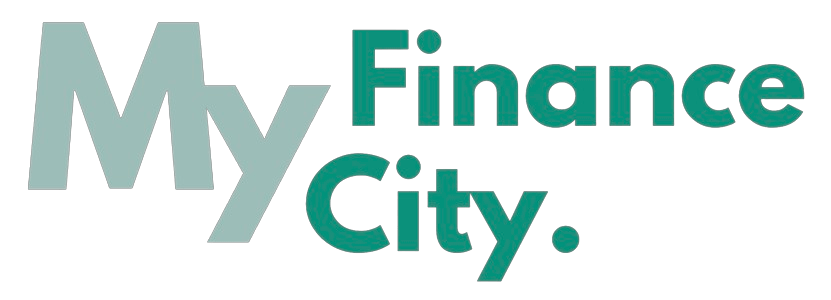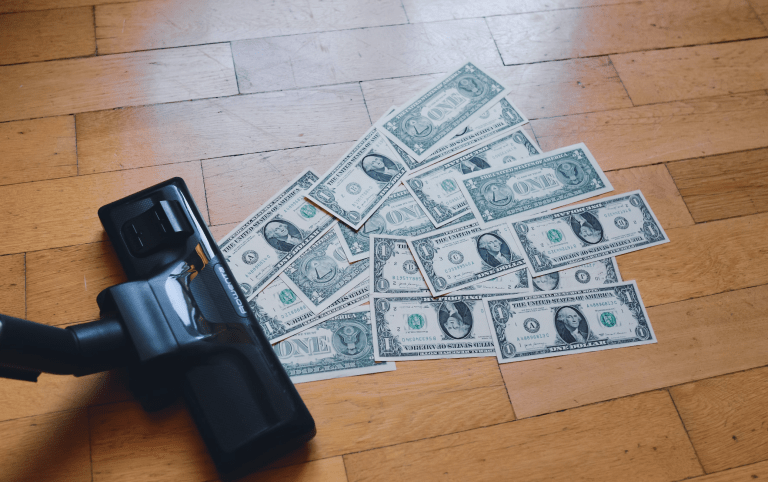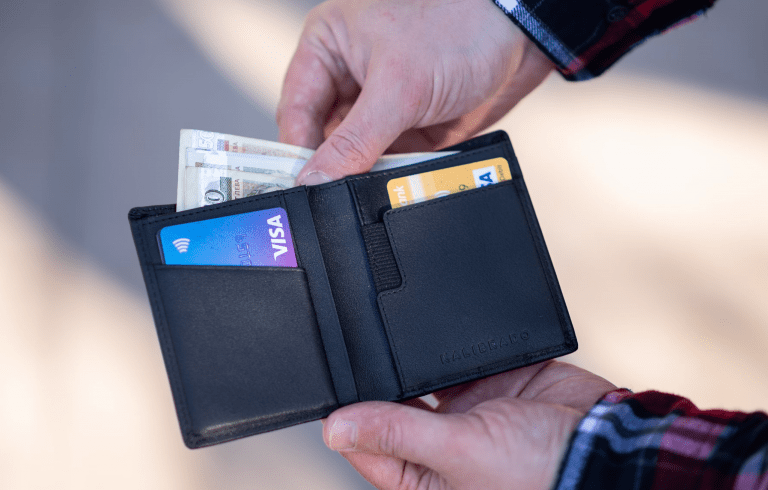Picture carrying the weight of the entire world on your shoulders, with each debt adding to the burden. It’s overwhelming, isn’t it? The stress, the worry, the sleepless nights – debts make it feel like you’re trapped in an endless loop.
Enter the realm of Home Equity Line of Credit (HELOC), hailed by some as a lifeline for debt repayment.
But is it really?
If you find yourself lost in all of this, you’re not alone. Grasping the complexity of financial decisions like using HELOC for debt repayment is like navigating a maze blindfolded. It’s tricky, frankly a bit scary. We get it. The anxiety, the curiosity, maybe even a glimmer of hope – it’s all normal.
That’s why we’re here – to guide you through this maze. We’ll unveil the mysteries of HELOC, dissect the good and the bad, and unravel the complexity, all aimed at empowering you to make choices that align with your needs. Are you ready to take that first step? Let’s delve deeper.
Understanding HELOC and Debt
What is HELOC?
The path to financial freedom sometimes feels like climbing an invisible mountain. We get it. Imagine having a pile of debts – credit card bills here, personal loans there – each with its own terms, rates, and due dates. It’s like juggling torches, trying to keep everything balanced, fearing that something might drop.

This is where HELOC can come into play. Think of it as a safety net, ready to catch those falling torches whenever you need. But what exactly is it?
In simple terms, HELOC is a loan that allows you to borrow against the equity in your home. Picture your home as a piggy bank. The value of your home minus what you owe on it – that’s your equity. HELOC lets you tap into this piggy bank when needed.
Sounds hopeful, right? But like any magic trick, things are not as straightforward as they seem. HELOC is not a one-size-fits-all solution. It’s a form of credit, meaning you only borrow when you need to, but your home is collateral.
This brings its own risks and benefits.
Debt – A Murky Slope
The journey towards debt freedom sometimes feels like traversing a muddy slope. We get it. Imagine having a stack of debts – credit card bills here, personal loans there – each with its own terms, rates, and due dates. It’s like juggling torches, trying to keep everything balanced, fearing that something might drop.

This is where HELOC can come into play. Think of it as a safety net, ready to catch those falling torches whenever you need. But what exactly is it?
In simple terms, HELOC is a loan that allows you to borrow against the equity in your home. Picture your home as a piggy bank. The value of your home minus what you owe on it – that’s your equity. HELOC lets you tap into this piggy bank when needed.
Sounds hopeful, right? But like any magic trick, things are not as straightforward as they seem. HELOC is not a one-size-fits-all solution. It’s a form of credit, meaning you only borrow when you need to, but your home is collateral.
This brings its own risks and benefits.
How Does HELOC Work?
Feeling a bit overwhelmed by the whole thing? It’s okay. HELOC might seem complex, but let’s simplify it into a few straightforward steps.
- Application: Similar to traditional loans, you have to apply for HELOC. This process typically involves providing detailed information about your income, credit score, and home equity – a fact-check to ensure you have enough funds.
- Approval: If everything checks out, the bank gives the green light, and you get approved. But unlike traditional loans, you don’t receive a lump sum upfront. Instead, you get a credit limit available for withdrawal, leading to the next question.
- Draw Period: This is the period during which you can borrow. Think of it as your open buffet time – you can help yourself as needed, but don’t exceed your credit limit.
- Interest Rate: This is crucial. HELOCs typically come with a variable interest rate. Imagine them as shifting sands – sometimes low, sometimes high, depending on market conditions. This means your monthly payments can fluctuate.
HELOC, with its draw period and variable interest rate, might initially look like a foreign language. But like learning any new language, with patience and effort, you’ll soon be fluent in “financial.”
Pros and Cons of Using HELOC for Debt Repayment
Pros:
- Consolidation: Combining multiple payments into one might feel like a relief. No more juggling different due dates and interest rates.
- Lower Interest Rates: Generally, HELOCs have lower interest rates compared to credit cards or personal loans. It’s like trading a stormy ocean for a calm lake.
Cons:
- Risk of Property Loss: Since your home is the collateral, if you can’t repay the loan, you might lose your property. It’s a gamble, putting your home at risk.
- Variable Interest Rates: While listed as a potential pro, it’s also a con. Due to rate fluctuations, your monthly payments may increase.
- impact on Credit Score: Borrowing a substantial amount can impact your credit score. It’s a chain reaction to consider.
When contemplating this strategy, remember that using HELOC for debt repayment is a personal decision, requiring an understanding of its pros and cons in alignment with your current situation.
Alternative Solutions to Using HELOC for Debt Repayment
Facing debt repayment with HELOC might seem like the only solution, but have you considered that there are other ways to tackle these financial challenges? Just like there’s more than one way to swim, you have options, and exploring these alternatives is crucial.
For instance, have you ever thought about transferring balances to another credit card? It’s a bit like jumping from one lily pad to another. It involves moving your credit card balance to a new card, usually with a lower interest rate. Imagine repaying credit card debt without the burden of high rates – sounds pretty good, doesn’t it?
Another strategy is making lump-sum payments whenever possible. Think of it as tossing a big rock into a pond. It creates a substantial impact at once, helping reduce your overall debt faster.
Remember, in swimming, there’s no one-size-fits-all stroke for managing debt. The key is to find the technique that suits your current situation and future financial goals. Ready for the final lap? Let’s swim to a conclusion.
Conclusion:
The debt journey is not one without challenges, but understanding your choices is the first step to regaining control. Here, knowledge is your guide, and it’s this guide that can lead you to a better credit score, a manageable repayment plan, ultimately achieving financial stability.
Before you dive into the last lap, ensure you’ve considered all strokes. Using HELOC for debt repayment might be one approach, but remember, it’s just one technique in the vast swimming pool of financial strategies. Choose wisely, and may your financial waters be calm and clear.













+ There are no comments
Add yours